Description
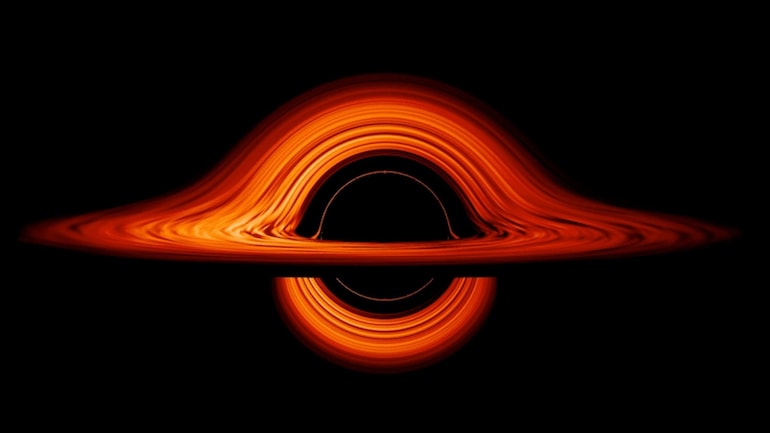
Disclaimer: Copyright infringement not intended.
Context
- Scientists from the Event Horizon Telescope (EHT) facility, revealed the first image of the black hole at the centre of the Milky Way.
- The image of Sagittarius A* (SgrA*) gave further support to the idea that the compact object at the centre of our galaxy is indeed a black hole, strengthening Einstein’s general theory of relativity.
Details
- In 2019, the Event Horizon Telescope facility, a collaboration of over 300 researchers, made history by releasing the first-ever image of a black hole, M87* — the black hole at the centre of a galaxy Messier 87, which is a supergiant elliptic galaxy.
- The whole exercise was possible because of the enormous power of the Event Horizon Telescope, an ensemble of several telescopes around the world.
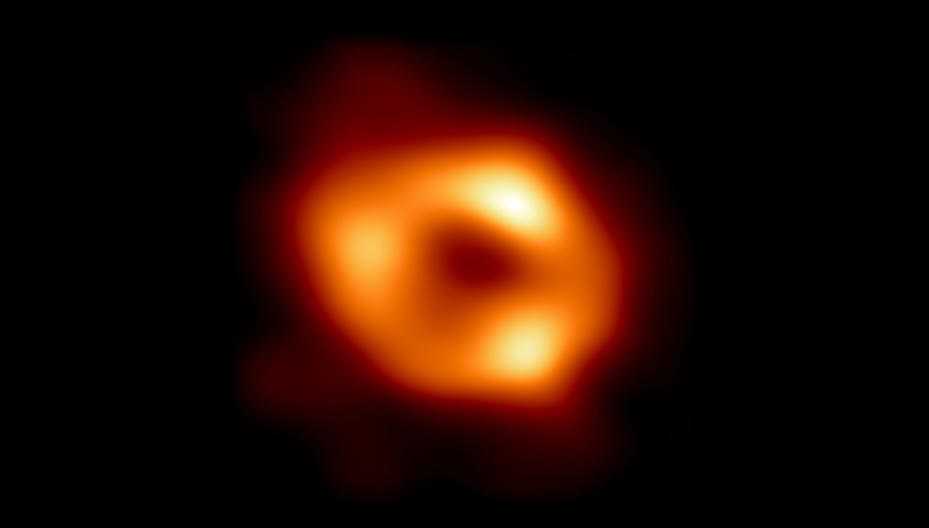
What is a Black Hole?
- A black hole is a place in space where gravity pulls so much that even light cannot get out.
- The gravity is so strong because matter has been squeezed into a tiny space.
- This can happen when a star is dying.
- Because no light can get out, people can't see black holes. They are invisible.
- Space telescopes with special tools can help find black holes.
- The special tools can see how stars that are very close to black holes act differently than other stars.
How Do Black Holes Form?
- Scientists think the smallest black holes formed when the universe began.
- Stellar black holes are made when the center of a very big star falls in upon itself, or collapses.
- When this happens, it causes a supernova.
- A supernova is an exploding star that blasts part of the star into space.
- Scientists think supermassive black holes were made at the same time as the galaxy they are in.
If Black Holes Are "Black," How Do Scientists Know They Are There?
- A black hole cannot be seen because strong gravity pulls all of the light into the middle of the black hole.
- But scientists can see how the strong gravity affects the stars and gas around the black hole.
- Scientists can study stars to find out if they are flying around, or orbiting, a black hole.
- When a black hole and a star are close together, high-energy light is made.
- This kind of light can not be seen with human eyes.
- Scientists use satellites and telescopes in space to see the high-energy light.
Could a Black Hole Destroy Earth?
- Black holes do not go around in space eating stars, moons and planets.
- Earth will not fall into a black hole because no black hole is close enough to the solar system for Earth to do that.
- Even if a black hole the same mass as the sun were to take the place of the sun, Earth still would not fall in.
- The black hole would have the same gravity as the sun.
- Earth and the other planets would orbit the black hole as they orbit the sun now.
- The sun will never turn into a black hole.
- The sun is not a big enough star to make a black hole.
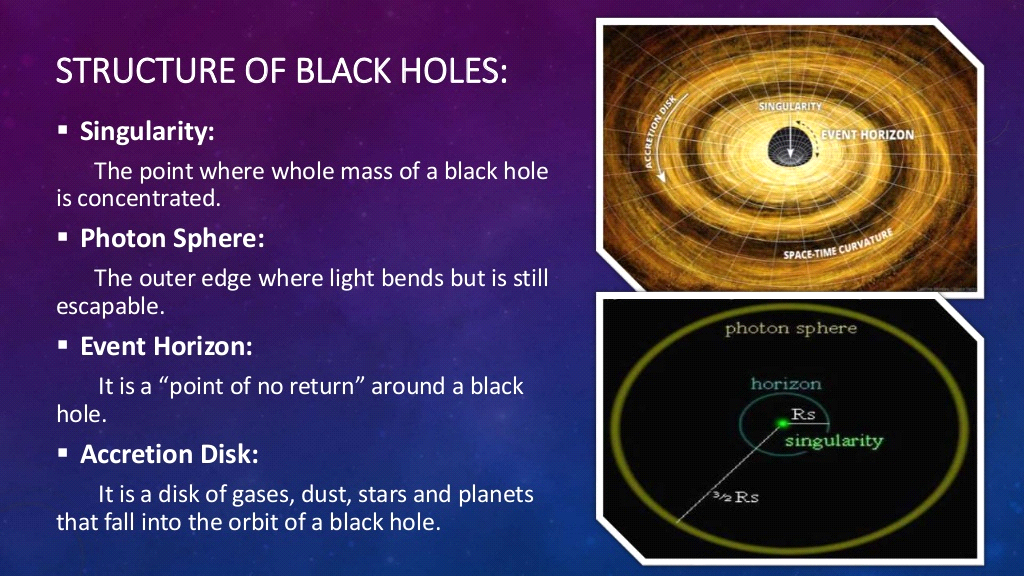
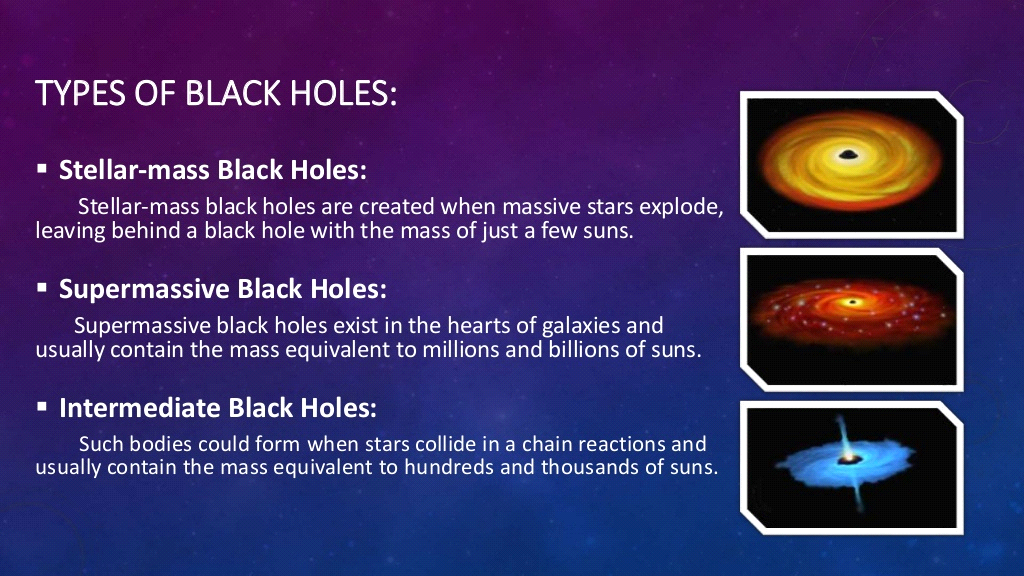
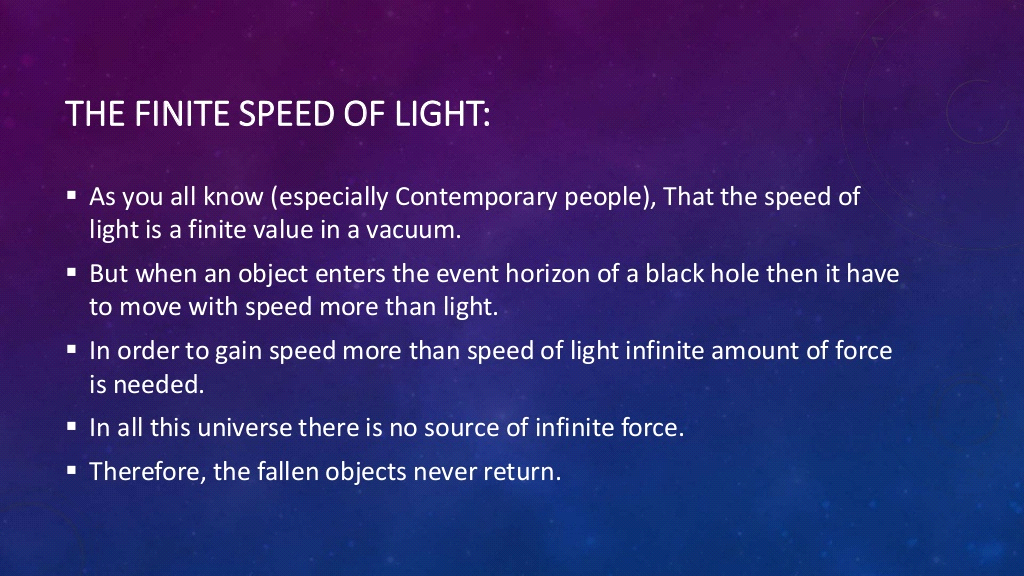
|
AGN
An active galactic nucleus (AGN) is a compact region at the center of a galaxy that has a much-higher-than-normal luminosity over at least some portion of the electromagnetic spectrum with characteristics indicating that the luminosity is not produced by stars. Such excess non-stellar emission has been observed in the radio, microwave, infrared, optical, ultra-violet, X-ray and gamma ray wavebands. A galaxy hosting an AGN is called an "active galaxy". The non-stellar radiation from an AGN is theorized to result from the accretion of matter by a supermassive black hole at the center of its host galaxy.
Active galactic nuclei are the most luminous persistent sources of electromagnetic radiation in the universe, and as such can be used as a means of discovering distant objects.
The observed characteristics of an AGN depend on several properties such as the mass of the central black hole, the rate of gas accretion onto the black hole, the orientation of the accretion disk, the degree of obscuration of the nucleus by dust, and presence or absence of jets.
Numerous subclasses of AGN have been defined based on their observed characteristics; the most powerful AGN are classified as quasars. A blazar is an AGN with a jet pointed toward the Earth, in which radiation from the jet is enhanced by relativistic beaming.
|
Blazar
- A blazar is a feeding super-massive black-hole (SMBH) in the heart of a distant galaxy that produces a high-energy jet viewed face-on from Earth.
- Like other forms of active galactic nuclei (AGN), blazars are the most luminous and energetic objects in the known universe.
- The central SMBH that drives an AGN are the nucleation seeds that stimulates the formation of their host galaxies, while the SMBH itself grows in the process.
Super Massive Black Hole (SMBH)
- In the heart of every galaxy is an SMBH, a concentration of matter so dense that not even light can escape, in the center of which our current theories of spacetime break down.
- They range from hundreds of thousands to billions of solar-masses, concentrated into an object the size of our solar system.
- They are the nucleation seeds that attract primordial gas to form new galaxies of hundreds of billions of stars and their planets, whose combined mass, along with dark matter, forms a gravitationally bound structure.
Magnetar
- A magnetar is a type of neutron star believed to have an extremely powerful magnetic field.
- Like other neutron stars, magnetars are around 20 kilometres in diameter and are formed by the collapse of a star with a mass 10–25 times that of the Sun and have a mass about 1.4 solar masses.
- The density of the interior of a magnetar is extremely high (tablespoon of its substance would have a mass of over 100 million tons)
- Magnetars are differentiated from other neutron stars by having even stronger magnetic fields, and by rotating more slowly in comparison.
- The active life of a magnetar is short.
Pulsar
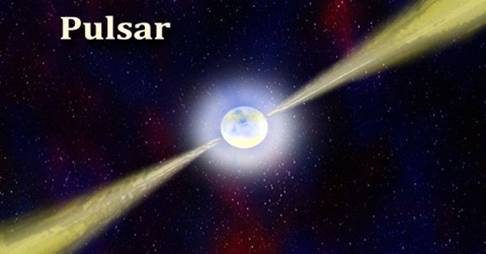
- A pulsar is a neutron star that’s spinning in a special way.
- The Earth has two north poles and two south poles.
- One set is because the Earth is spinning: the poles are the tips of the axis that the Earth spins on.
- The other set is because the Earth has a magnetic field: all magnets have a north side and a south side.
- On Earth, these two sets of poles are slightly misaligned.
- In a pulsar, the poles are even more misaligned, so as the star spins, the magnetic field is swung around in circles.
- When this happens to a neutron star, a super-bright beam of light beams out from the magnetic poles.
- Since these poles are swinging around, so do the beams of light – just like a lighthouse.
- Pulsars spin very fast. And basically these stars are the products of the explosive transformation of a massive star.
- The radio waves of a pulsar escape from its north and south magnetic poles.
- “Light” in this case can also mean X-Rays, Gamma-Rays, or other invisible kinds of light.
Quasar
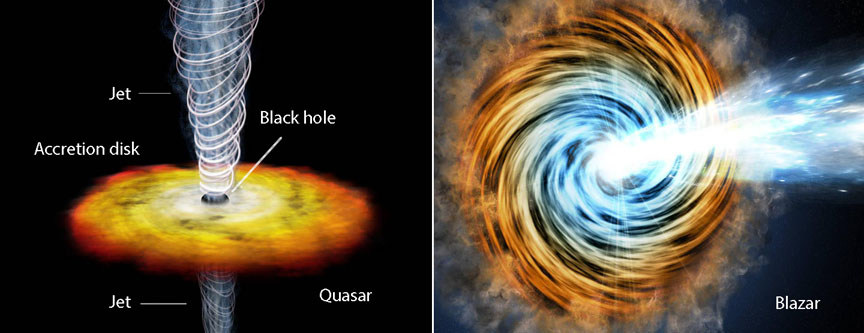
- Quasars are those that look like stars, but they are extremely luminous objects at all wavelengths.
- The redshift exhibited by them reveals that they are at great distances.
- They are likely to form from black holes, when a large part of their mass is converted into energy;
- Such energy would be what we see as a quasar.
- They can release energy capable of illuminating a galaxy and equivalent to millions of suns.
- Currently, more than 200,000 quasars have been identified.
- Pulsars are highly magnetized rotating neutron stars, while quasars are extremely powerful and distant active galactic nuclei.
- Quasars are bigger than pulsars.
- Pulsars are less bright than quasars.
- Quasars are more distant than pulsars.
- The pulsars have pulse and rotation, while the quasars do not.
- Quasars are associated with black holes, while pulsars are not.
- Pulsars are newer than quasars.
Radio Galaxies
- A particular type of active galaxy that emits more light at radio wavelengths than at visible wavelengths, also known as a radio-luminous galaxy or radio-loud galaxy.
- Radio galaxies are driven by non-thermal emission.
- Radio telescopes show that some radio galaxies, called extended radio galaxies, have lobes of radio emission extending millions of light-years from their nuclei.
- Centaurus A is a nearby example of an extended radio galaxy that features two outer lobes 650,000 and 1,350,000 light-years in diameter.
- In contrast, compact radio galaxies emit radio lobes not much larger than the galactic nucleus.
https://epaper.thehindu.com/Home/ShareArticle?OrgId=G1M9QC3DJ.1&imageview=0




















